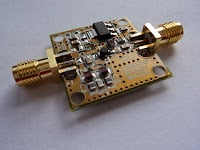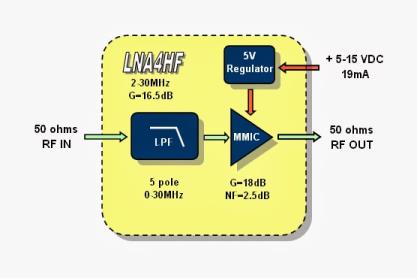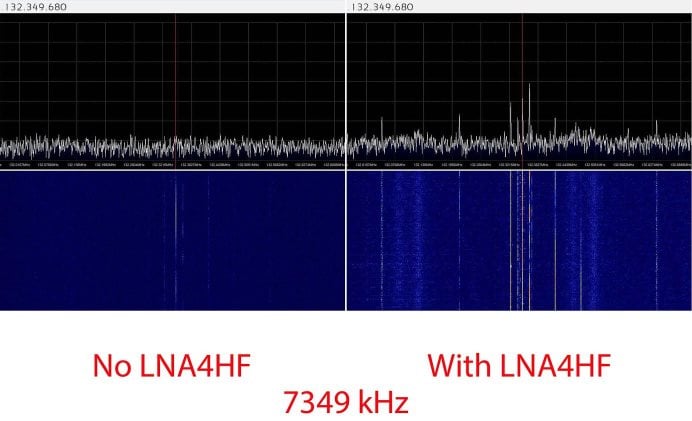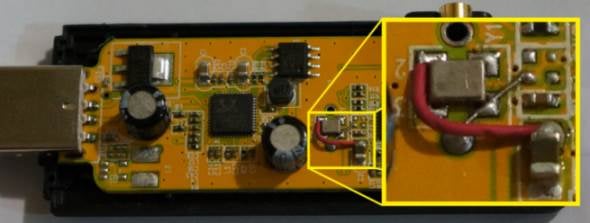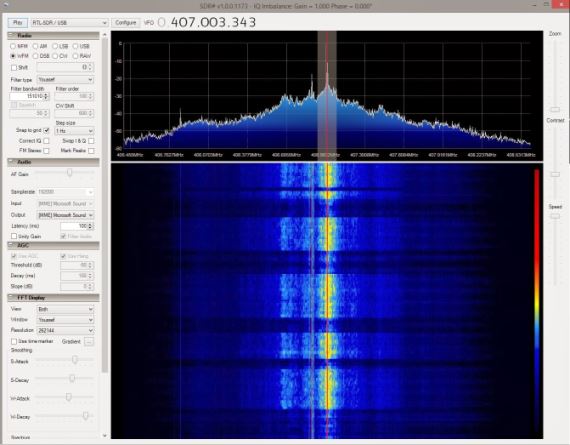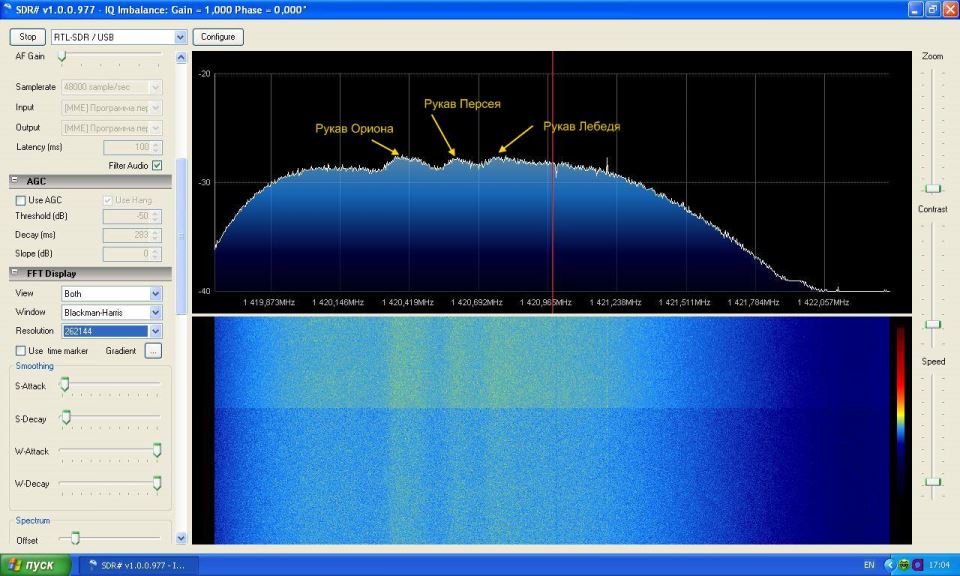NRF905 RTL-SDR Decoder
The NRF905 is a multiband RF tranceiver IC that uses frequencies in the ISM bands. Fabien le mentec posted about a project where he wanted to remotely monitor his garage door status using a microcontroller and the PTR8000 wireless module which contains the NRF905 chip.
In order to validate that his hardware settings were set correctly and that the NRF905 was transmitting correctly, he used an RTL-SDR and his recently written NRF905 decoder program to check the output frames.
Recently, we posted a similar project involving the NRF24L01+ wireless tranceiver where a decoder for that had been written as well.

